Everything on model trains, model railroads, model railways, locomotives, model train layouts, scenery, wiring, DCC and more. Enjoy the world's best hobby... model railroading!
Keep Your Trains on Track: Why Model Train Derailments Happen (and How to Stop Them)
Few things are more frustrating for a model railroader than watching a beautifully detailed train take a nosedive off the track. Whether it’s one stubborn car that always jumps the rails or an entire consist that suddenly derails, the result is the same… damaged stock, chipped scenery, and a few choice words muttered under your breath.
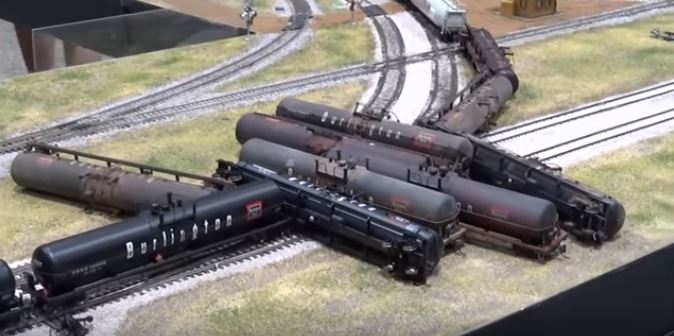
Derailments can be caused by anything from a dirty wheel to a misaligned turnout, and figuring out the culprit can feel like detective work. Sometimes the problem is limited to one tricky spot on the layout. Other times, derailments happen all over, pointing to issues with the locomotive or rolling stock – things like wheel alignment, trucks, couplers, or even uneven weighting.
If derailments keep happening in the same place, though, it’s a pretty good sign there’s a local track issue… a kink in a rail join, a warped section of track, a misaligned switch, or a slope that’s just a bit too steep.
Luckily, most derailments are easy to fix once you know what to look for. Here are some common causes, and how to keep your trains running smoothly.
Tips to Prevent Model Train Derailments
- Keep your track and rolling stock clean.
Dust, grime, and oxidation can build up fast and cause wheels to lift or slip. Regular cleaning keeps everything running silky smooth. - Clean your electrical connections and controls.
Poor conductivity can make trains jerk or stall, which sometimes leads to derailments. - Do regular preventative maintenance.
A few minutes of upkeep now saves hours of troubleshooting later. - Lubricate wheels and couplers… but sparingly.
A dry coupler can snag or jerk; too much oil attracts dust and can damage paintwork. Less is more! - Check the weight of your cars and wagons.
Cars that are too light can bounce or tilt on curves, especially tight ones. - Add a little extra weight when needed.
Just a few extra grams, placed low and centered, can improve traction and balance dramatically. - Aim for a low center of gravity.
Weight added near the base of a car helps it hug the rails and glide through curves without wobbling.
No one wants a train wreck on their layout, and with a bit of care and maintenance, you can keep derailments to a minimum. A clean track, well-balanced cars, and smooth couplers mean your trains will stay right where they belong — on the rails, running beautifully every time
One Response to Keep Your Trains on Track: Why Model Train Derailments Happen (and How to Stop Them)
Leave a Reply
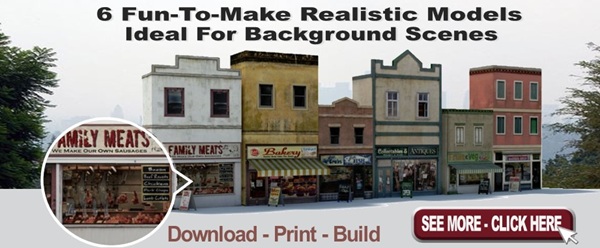






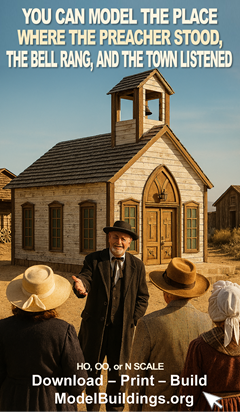
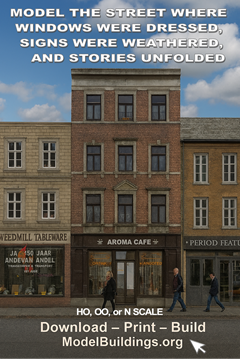
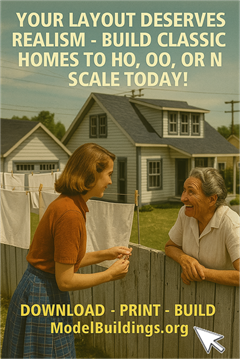
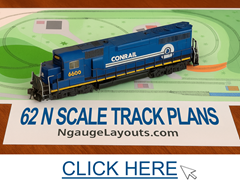
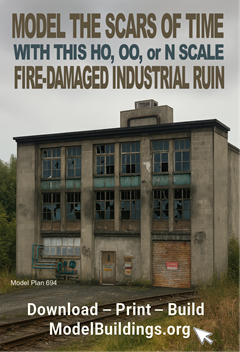
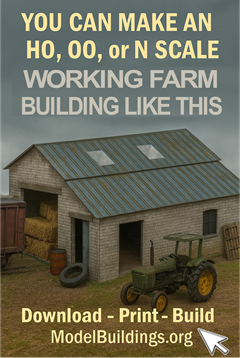
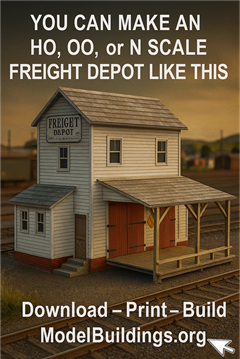
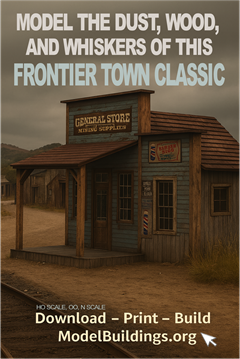
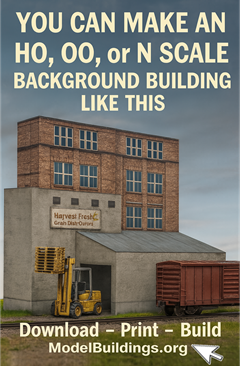
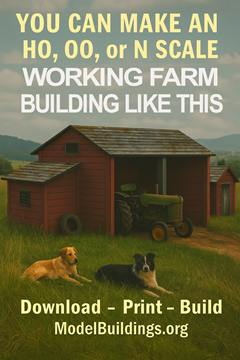

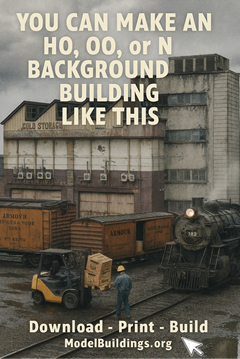
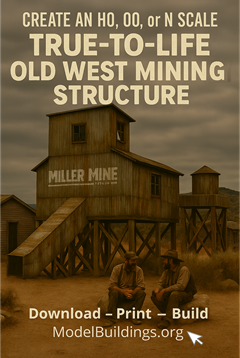
I find that there is another important culprit for derailments. Those are the rail joiners. Just today I was helping a friend with this issue. What it was, is that, at just one place in the track there was a rail joiner that had its end curled a bit ( I have seen this in some European made joiners-can’t remember the make) which interferes with the wheel flange as the wheel goes over it. It was very easy to fix with a flat blade screw driver and a small weighty thing to hammer it down.